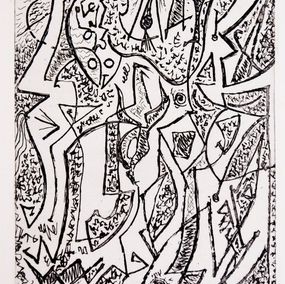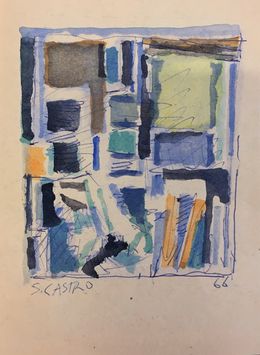
Abstract Painting for Sale
Abstract painting stands in contrast to representational art, where capturing a subject's likeness is the main objective. Instead, abstraction moves away from figurative representation, prioritizing emotion, color, shape, and composition. Even without a clear subject, abstract art can evoke deep feelings and interpretations, allowing viewers to experience the artwork on a personal level.
The origins of abstract painting are often linked to Vassily Kandinsky, one of the pioneers of 20th-century abstraction. His revolutionary approach, alongside Kazimir Malevich, Piet Mondrian, and František Kupka, redefined modern art. Kandinsky not only painted abstract works but also theorized them in his influential 1910 book, Concerning the Spiritual in Art. He argued that every element in a painting holds symbolic significance, giving each artwork a spiritual dimension. That same year, he unveiled Abstract Watercolor, considered one of the first purely abstract paintings. This marked a turning point where artists moved away from realism and representation, instead focusing on intangible concepts and emotions.
Kazimir Malevich further expanded abstraction with Suprematism, a movement centered on pure geometric shapes and dynamic forces within a composition. His famous paintings Black Square (1915) and White on White (1918) emphasized simplicity, balance, and harmony. Meanwhile, lyrical abstraction flourished, often inspired by music and emotions. Kandinsky's Picture with the Black Arch (1912) embodies this approach, using vibrant colors and dynamic forms to evoke musical compositions. His synesthesia—a condition that allowed him to "hear" colors and "see" sounds—played a key role in shaping his unique artistic language.
Geometric abstraction emerged as a distinct branch, focusing on precise lines, bold shapes, and structured compositions. Artists like Mondrian and Kupka sought purity in art through mathematical precision. Mondrian developed a signature style of grids, right angles, and primary colors, defining geometric abstraction as a pursuit of visual balance and order. Despite his contributions, Kupka resisted the term "abstract," believing art should be tangible and concrete rather than intangible.
Robert and Sonia Delaunay also played a major role in abstraction's development. Their vibrant use of color and circular forms caught the attention of poet and critic Guillaume Apollinaire, who named their style Orphism. This movement blended dynamic color harmonies with abstract compositions, bridging the gap between lyrical and geometric abstraction.
Abstract art didn't emerge in isolation; it evolved from earlier artistic movements. Fauvism explored bold, expressive color, while Cubism deconstructed shapes into geometric forms. German Expressionism, founded in 1905, emphasized emotion over realism, paving the way for abstraction's focus on inner experience rather than external representation. By breaking from tradition, abstract art enabled modern artists to push creative boundaries, free from the constraints of recognizable reality.
Today, abstract art remains a universal language, continuously influencing contemporary artistic expression. Its evolution has shaped the way artists and audiences engage with modern and contemporary art. Explore abstract masterpieces by influential artists such as Henri Matisse, Jackson Pollock, and Mark Rothko, and discover how abstraction continues to redefine the art world.
Save your search and find it in your favorites
Save your search to find it quickly
Saved search
Your search is accessible from the favorites tab > My favorite searches
Unsaved search
A problem occurred




Riva degli Schiavoni, Venise
Charles Malle
Painting - 48 x 62 x 0.1 cm Painting - 18.9 x 24.4 x 0 inch
€1,000
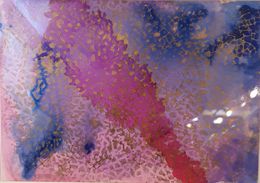




Störbild Rosa Orange
Skadi Engeln
Painting - 80 x 100 x 3 cm Painting - 31.5 x 39.4 x 1.2 inch
€4,500

Destroy Everything You Touch 001
Richard Solstjärna
Painting - 32 x 24 x 1 cm Painting - 12.6 x 9.4 x 0.4 inch
€2,100

Palette d'un soir - Paysage semi abstrait
Isabelle Verdenne
Painting - 73 x 92 x 2.5 cm Painting - 28.7 x 36.2 x 1 inch
€1,500
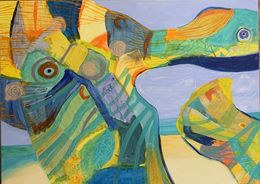

De la nature des choses 6
Régine De Bastiani
Painting - 112 x 76 x 1 cm Painting - 44.1 x 29.9 x 0.4 inch
€2,000

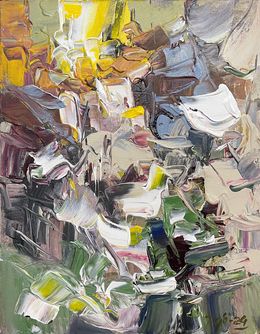
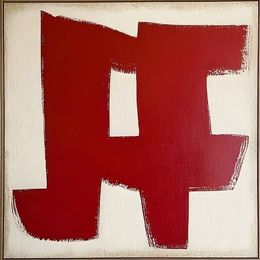
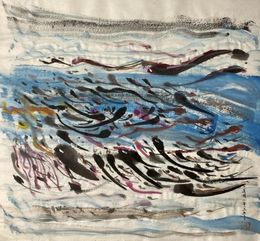
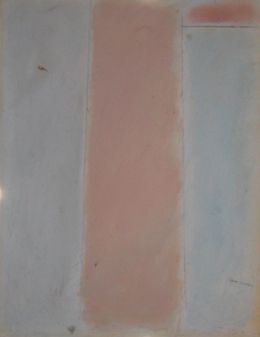

Bulle de Nuages
Audrey Margeridon
Painting - 80 x 54 x 3 cm Painting - 31.5 x 21.3 x 1.2 inch
€1,800

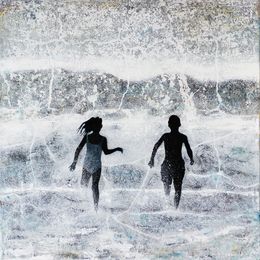
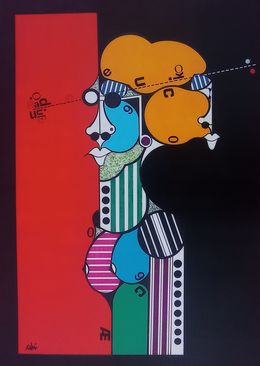
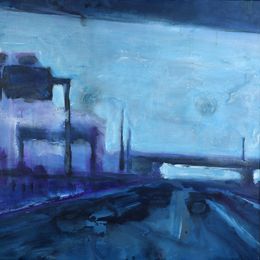
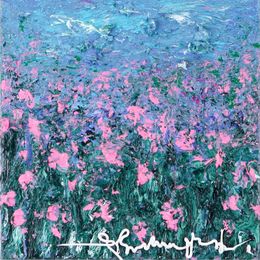

Forgotten still life
Alexander Dobrodiy
Painting - 80 x 90 x 2 cm Painting - 31.5 x 35.4 x 0.8 inch
€2,100

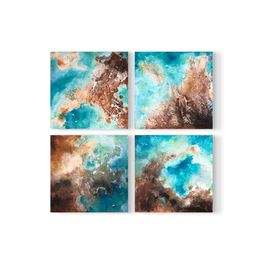
Azure sea, quadriptych
Natalia Korneeva (Natiko)
Painting - 60 x 60 x 2 cm Painting - 23.6 x 23.6 x 0.8 inch
€908
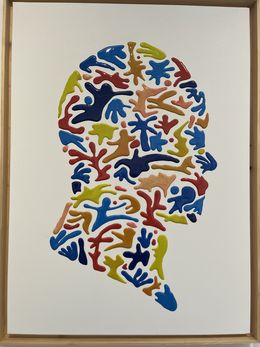

Decorating The Night Sky
Suz Shippey Borski
Painting - 95.3 x 76.2 x 0.3 cm Painting - 37.5 x 30 x 0.1 inch
€728
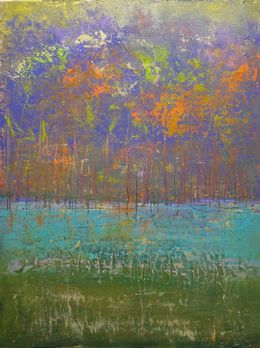
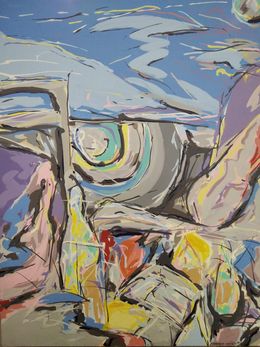
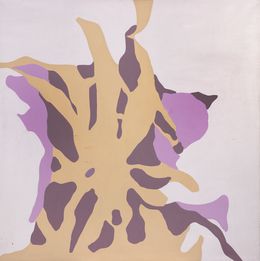
Purple and Beige Abstract Surface
Genny Puccini
Painting - 120 x 120 x 0.5 cm Painting - 47.2 x 47.2 x 0.2 inch
€1,400


The Shape of Time
Cynthia Ligeros
Painting - 50.8 x 50.8 x 3.8 cm Painting - 20 x 20 x 1.5 inch
€796


In the Realm of Possibilities
Angela Dierks
Painting - 59.9 x 59.9 x 4.1 cm Painting - 23.6 x 23.6 x 1.6 inch
€751

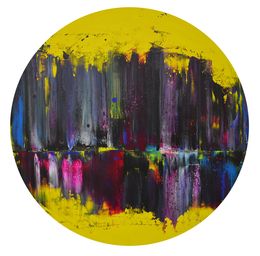
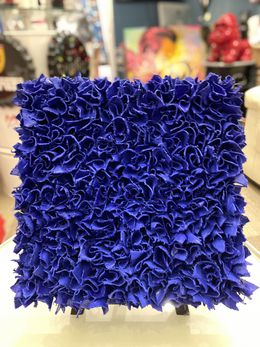

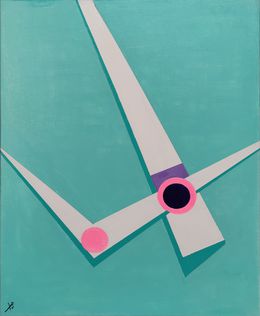
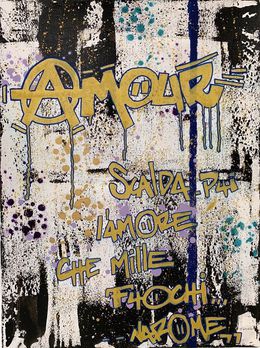


Mont à mufle Rageur
Jean-Pierre Vielfaure
Painting - 66 x 51 x 2 cm Painting - 26 x 20.1 x 0.8 inch
€690


Jaune et vert comme des champs
Nakre
Painting - 78 x 68.5 x 1 cm Painting - 30.7 x 27 x 0.4 inch
€1,800 €1,620
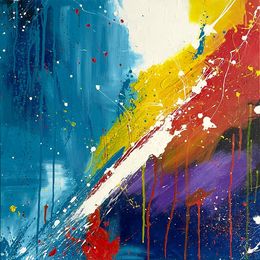
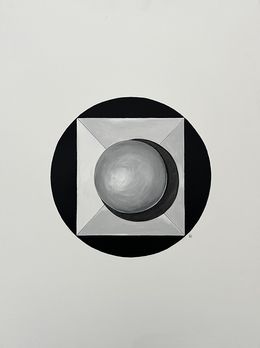

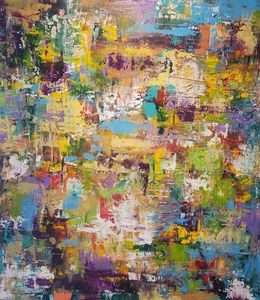
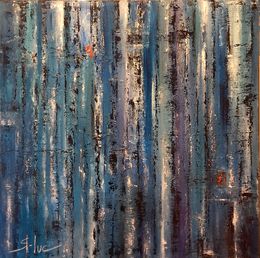
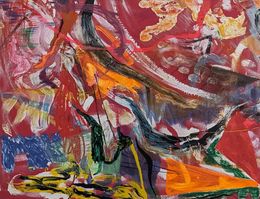

Arbres étranges - série 12
Hervé Fayolle
Painting - 40 x 30 x 1 cm Painting - 15.7 x 11.8 x 0.4 inch
€1,600
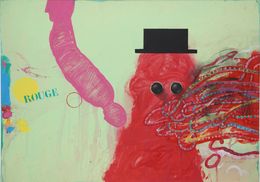
L'homme qui fait la fête
Marc Giai-Miniet
Painting - 71 x 52 x 0.2 cm Painting - 28 x 20.5 x 0.1 inch
€850

2024.09.2
Corinne Paire Lasjunies
Painting - 130 x 81 x 2 cm Painting - 51.2 x 31.9 x 0.8 inch
€1,460


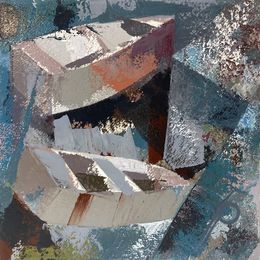

Ciel d'orage en baie de Somme - Paysages nordiques
Marie Calvez-Blais
Painting - 81 x 60 x 2 cm Painting - 31.9 x 23.6 x 0.8 inch
€900

Sin título (E.L. Emotional Landscapes Series)
Imanol Marrodán
Painting - 14.5 x 9.5 x 1 cm Painting - 5.7 x 3.7 x 0.4 inch
€500



Champs de blé au pied du Salève
Harry Urban
Painting - 26.5 x 38.5 x 0.5 cm Painting - 10.4 x 15.2 x 0.2 inch
€780

Off to the Field of dreams 5
Thein Shwe
Painting - 120 x 180 x 1 cm Painting - 47.2 x 70.9 x 0.4 inch
€12,950
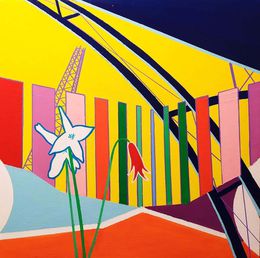

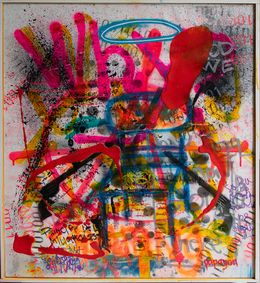
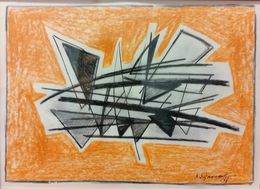
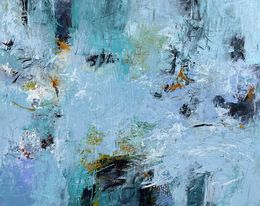


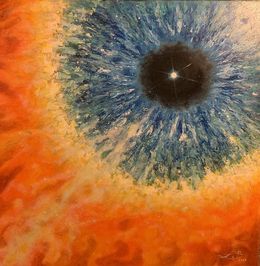
Eye of the universe
Renáta Zitková
Painting - 80 x 80 x 3 cm Painting - 31.5 x 31.5 x 1.2 inch
€1,300

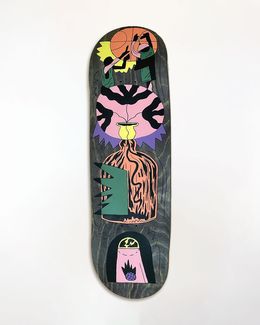
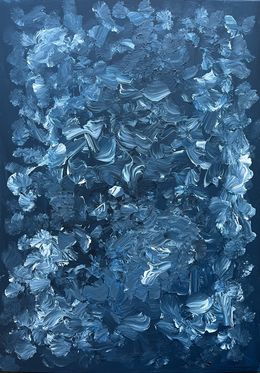

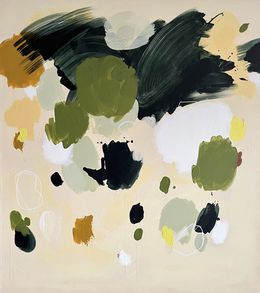
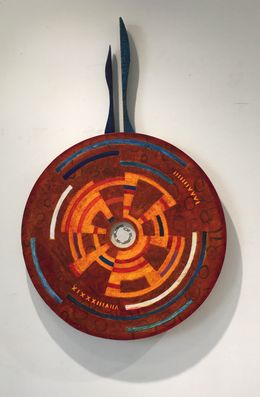
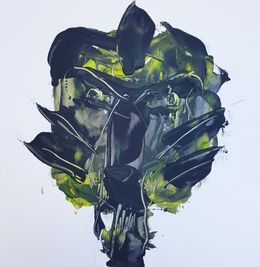

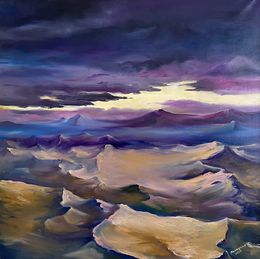
Sunset on Mars Sea
Evgeniya Kapatskaya
Painting - 60 x 60 x 2 cm Painting - 23.6 x 23.6 x 0.8 inch
€546

Planète Bleue 1971 Blue Planet
Valissori
Painting - 34 x 46 x 0.3 cm Painting - 13.4 x 18.1 x 0.1 inch
€750

Color Spaces XXL
Christoph Prein
Painting - 110 x 200 x 0.01 cm Painting - 43.3 x 78.7 x 0 inch
€1,100 €990
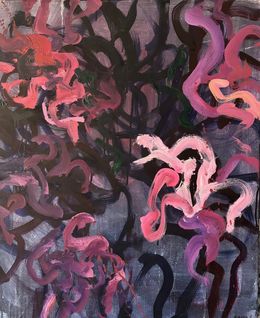


The world won't be the same
Marianna Grishina (Magriana)
Painting - 80 x 70 x 2 cm Painting - 31.5 x 27.6 x 0.8 inch
€1,001

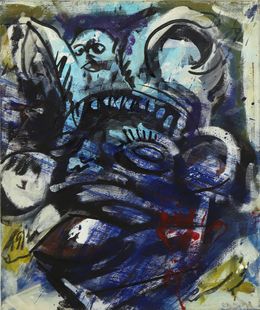


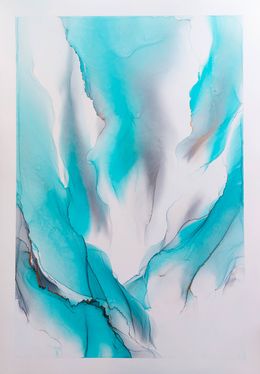
Spirit of the forest
Anastacia Kevich
Painting - 100 x 70 x 0.5 cm Painting - 39.4 x 27.6 x 0.2 inch
€1,365

Bright colors-3
Andrey Visokinsky
Painting - 90 x 120 x 2 cm Painting - 35.4 x 47.2 x 0.8 inch
€1,365
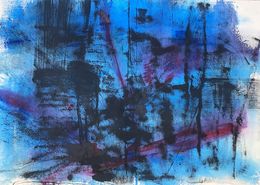
Discover the styles & movements
Discover the selection of our experts
Abstract painting refers to the type of painting that does not make visual reference to the real world. Art that does aim to do this is called figurative art. Instead, abstract art uses some combination of color, shape, line, forms and marks to achieve an outcome. This often allows the viewer the freedom to interpret the work independently and to assign to it their own meaning.
Like most art forms, abstract painting is as easy as the effort that is put into it. While someone could theoretically create an easy abstract artwork, the ones that are remembered and that resonate with their audience are certainly not easy to create. They require an excellent understanding of visual language such as shape, color and form, as well as advanced technical skills to execute them.
To create an abstract painting, you will require at least some form of surface, such as canvas, paper or wood, and paint, such as acrylic, oil or watercolor.






